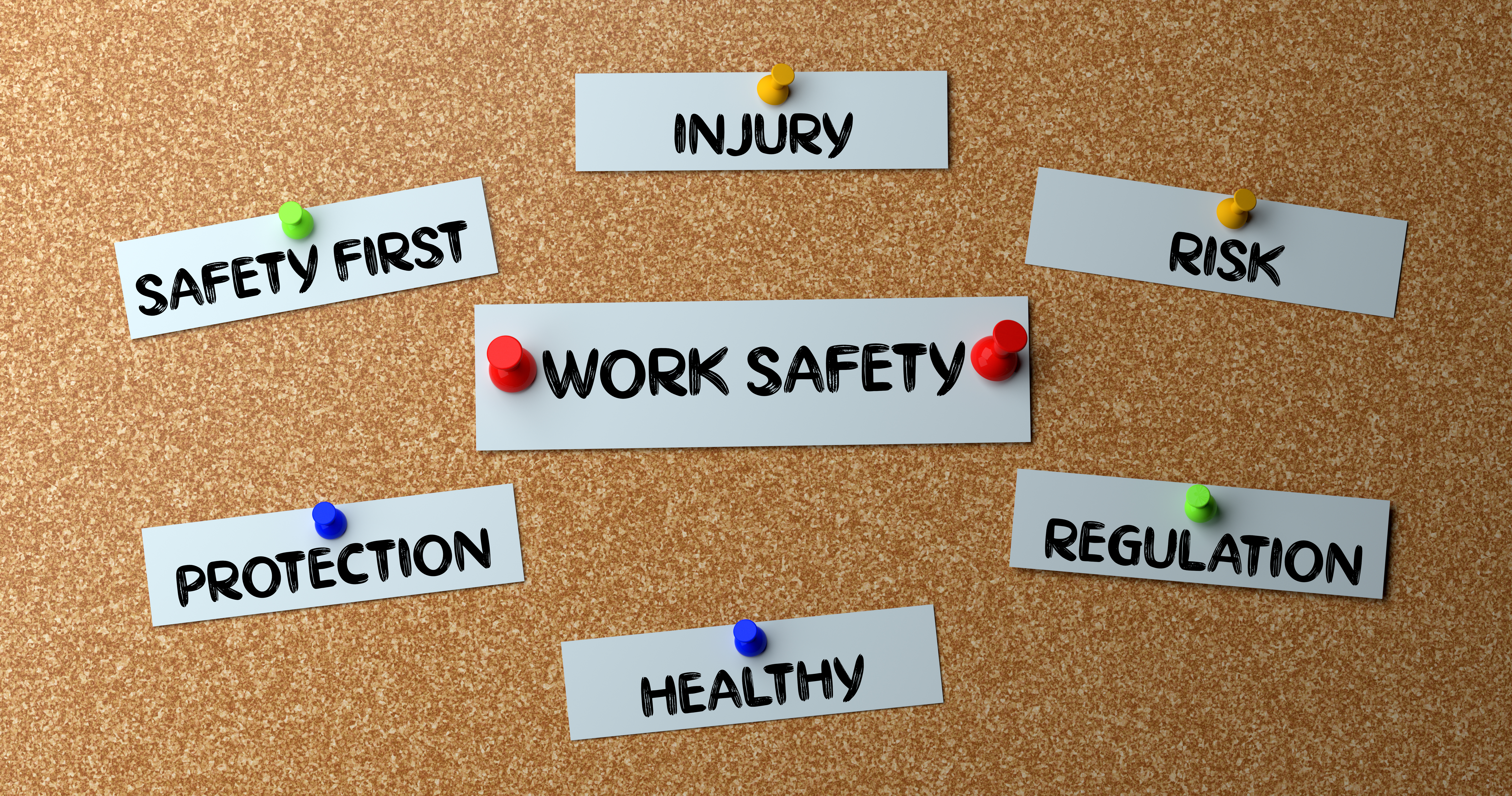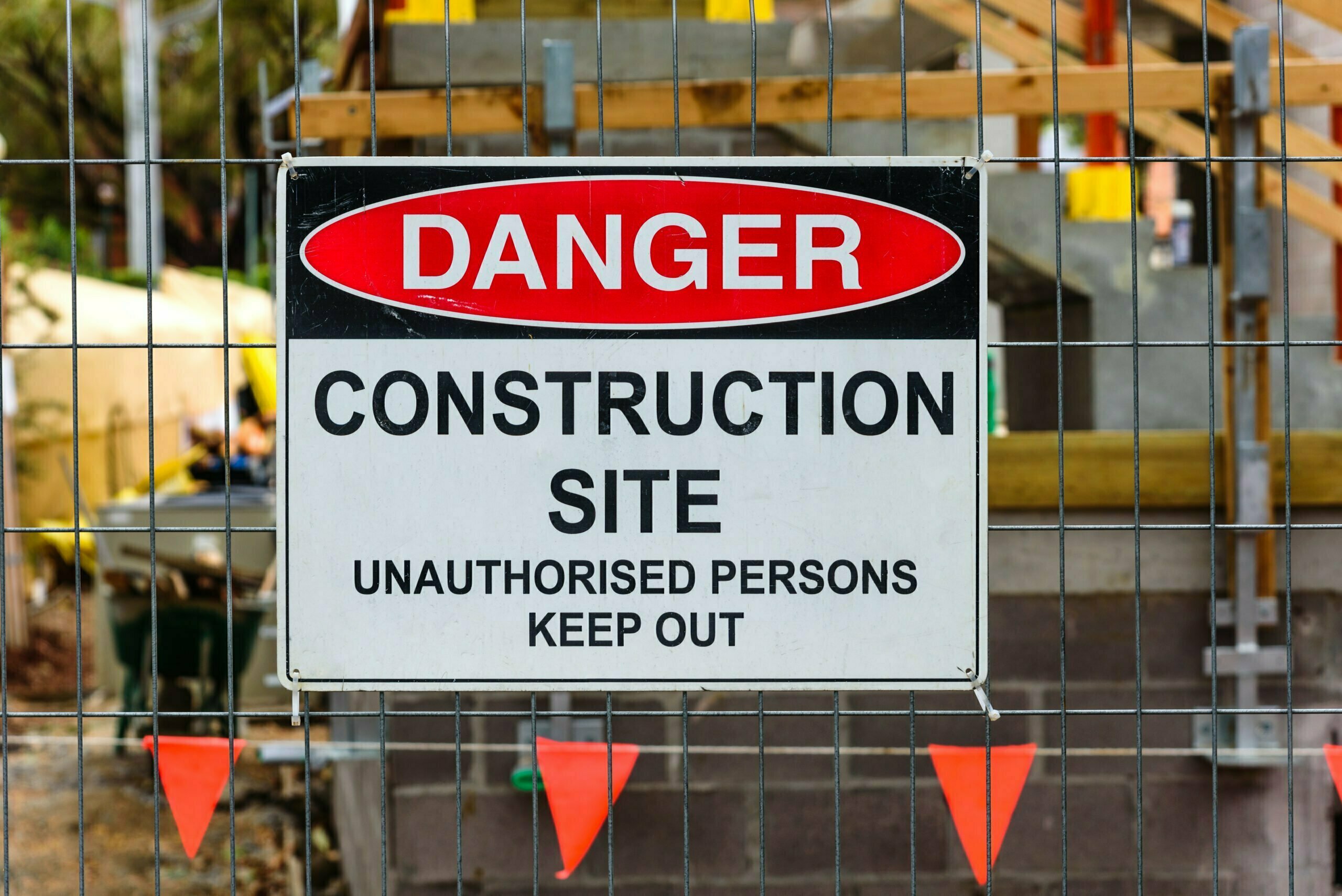An owner builder safety plan is a must. A busy building site requires safety to be prioritised immediately. Everyone must clearly grasp the safety plan before they begin work; otherwise, there may be consequences.
Various laws exist in different states and territories; most have aligned their WHS regulations with similar legislation. It is beneficial for you to investigate your state or territory further. Our Owner Builder Coach can help you with this.
The safety plan should consist of, but is not limited to, the following:
The personnel with allocated duties in your safety plan must be known.
Roles such as first aiders and site supervisors must be identified with their obligations.
Project Consultation – To successfully execute the plan, cooperation and communication between all stakeholders must be established. The owner builder is responsible for seeing this happen, which can be facilitated by utilising group chat apps or video call platforms.

Several different methods can achieve this. Options are numerous, ranging from creative solutions to tried and tested methods. One might consider unique approaches or perhaps opt for traditional techniques.
– Prestart safety meetings to discuss safety regulations and procedures. Attending the event physically is essential; therefore, being present is necessary.
– Manage an online discussion forum related to WHS.
– Discussions held using toolboxes are an effective way to communicate important information. They provide a platform for discussing safety topics and help raise awareness of potential hazards. Toolbox talks also encourage team members to share their knowledge and experiences, which can lead to safer workplace practices.
A “toolbox talk” is a laid-back gathering focused on health and safety. This meeting is intended to cover the topics of hazards, safe work practices and minimising risks. When having these discussions, all participants should sign a form to confirm that the conversation occurred and that they understand what was discussed. It is also essential to keep a record of the meeting.
Risk Management – The owner builder should consider potential eventualities through a pre-start risk assessment. Documented in the plan should be the steps to take and who is responsible for them.
You should discuss and note the following;
Curb the problem by taking steps. These include enforcing existing protocols, implementing additional safety standards, and providing training related to security processes.

The owner builder safety plan must contain an emergency procedure. It should be accessible and kept in a prominent location, such as the site toilet, if available. To ensure everyone working on-site is informed about the necessary steps to take in an emergency, a copy of the plan should be emailed to all staff before their first shift. This plan should cover the following:
All personnel should assemble at the designated assembly point if an evacuation is necessary.
Ensuring safety for rescuers is essential before creating a plan.
To ensure someone’s safety and move them to a safe location, one must secure and evacuate an injured individual.
Have a plan to isolate and preserve the scene.
It is essential to inform the Owner, Builder, or Site Supervisor.
The first step in dealing with a medical emergency is to seek help from the relevant emergency services, such as paramedics. It’s essential to act quickly and not hesitate when a medical emergency arises.
You must know where the fire extinguisher is located.
It is vital to list the closest hospital to one’s location.
Make sure that any First Aid supplies can be located quickly and easily.

Identifying hazards is the first step in managing occupational health and safety. Identifying a hazard before any processes begin to prevent risk and danger is essential.
Risk appraisal evaluates the potential dangers that could arise from a particular situation, activity, or event. It entails identifying the risks involved, analysing them and then determining how to mitigate or eliminate them. Risk assessment aims to address all possible risks to protect people, property and processes.
Choose controlling measures as the course of action.
It is necessary to put into effect control measures. Taking action of this kind is imperative.
The owner builder must guarantee that one subcontractor’s control measures do not contradict those of another. This has the potential to pose a threat to others.
To ensure the safety of all personnel, a contingency plan should be implemented if health and safety regulations are not respected.
Familiarity with the work health and safety regulations that apply to your site is beneficial. These requirements exist in all states and territories. Owner Builder Coach can assist you with this.
Failing to craft a safety plan before beginning your project can result in hefty fines.
If an incident occurs, keep a management plan filed with Owner Builder Workflow for the time required to avoid further penalties.
MBA Victoria is an excellent resource to kick off a generic safety plan.
We will be able to customise your plan to suit the particularities of your building site. Please do not hesitate to contact us by the contact form or email admin@ownerbuilderspecialists.com.au if you require further assistance.